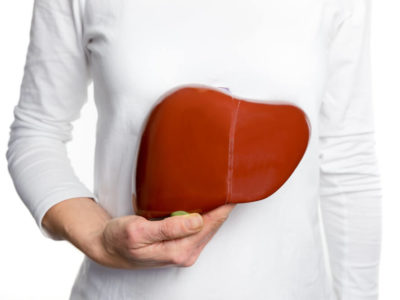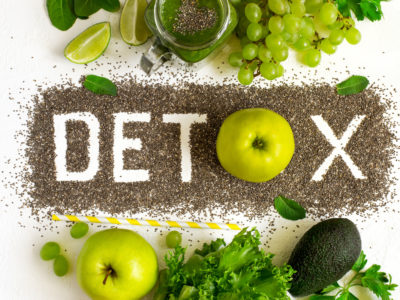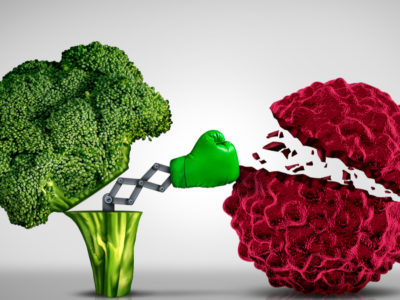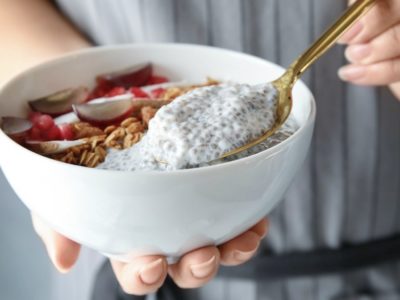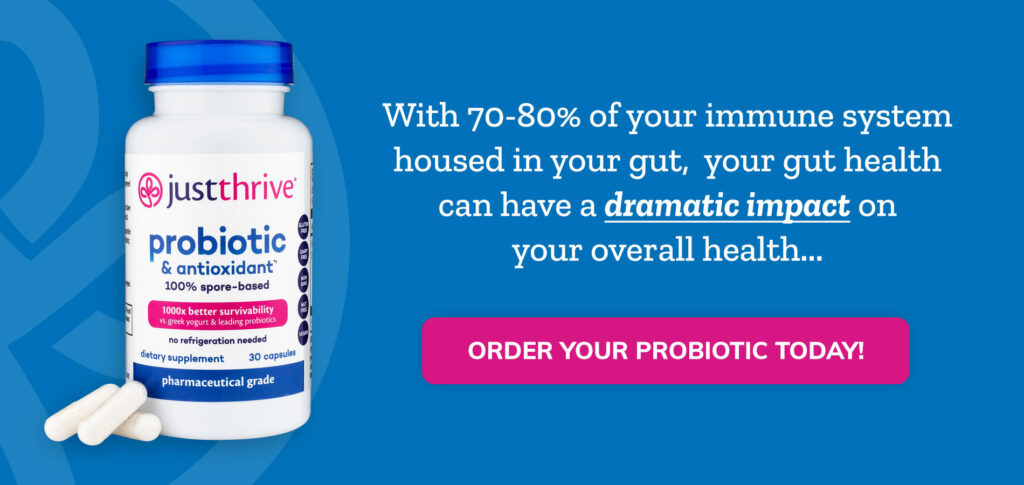Table of Contents[Hide][Show]
- The Real Culprit of Liver Damage
- Sources of Fructose
- Liver Damage Complications
- Signs of a Fatty Liver
- Early Signs of Fatty Liver Disease
5 FAQs On Foods For Fatty Liver Disease and Other Diseases+−
- 1. Is Fatty Liver Cancer?
- 2. Is Fatty Liver the Same as Metabolic Syndrome?
- The Undeniable Link Between Diet and Cancer
- 3. Can You Learn How to Defat Your Liver with a Ketogenic Diet?
- 4. What’s the Connection Between Coconut Oil and Fatty Liver?
- 5. How Long Does It Take to Reverse Fatty Liver Disease?
- 7 Great Low Cholesterol Recipes You Can Enjoy At Any Age
- 6 Tips To Stop Being A Junk Food Junkie
- Tips To Follow A No-Sugar Diet, Just Say No To Sugar
The Real Culprit of Liver Damage
Many foods for fatty liver disease are great for your health. Before you know what to eat, though, here’s a question: did you know there’s a link between carbs and a fatty liver?
Find out how carbohydrates play a role in the development of this condition here.
Have you ever had foie gras? It’s a French delicacy made by force-feeding a duck or a goose to give it a nice fat liver for a unique flavor. Pretty shocking stuff.
But what do they feed the animals to produce this fatty liver? Fat, right?
Nope! Sugar, corn, and starch.
So when your doctor tells you that you need to reduce the amount of fat in your diet and replace it with carbohydrates, may the alarm bells ring loudly in your head.
Here’s why. Research shows carbs—NOT FAT—cause a buildup of fat in your belly and liver.
That’s bad news and pretty counter-intuitive.
What actually happens is sugar switches on a fat-production factory in your liver—a process called lipogenesis. It’s your body’s first response to sugar, particularly fructose.
Yes, fructose is the most detrimental type of sugar for your fatty liver. It heads straight for your liver when the lipogenesis kicks in immediately.
Sources of Fructose
Consuming too much fructose can also cause obesity. In turn, being overweight or obese may also result in life-threatening diseases, such as high blood pressure, diabetes, and even liver failure.
Are you consuming a lot of fructose? Fructose can be found in:
- Soda
- Fruit juices
- Tea, when sweetened with sugar
- Energy drinks (e.g. Red Bull)
- Wine coolers
- Starbucks Frappuccino
- Cakes, pies, and pastries
- Candy bars and cookies
- Ice cream and other frozen treats, including low-fat fruit yogurts
- Breakfast cereals, including corn flakes, raisin bran and some granolas, cereal bars
- Condiments, salad dressings and sauces, including reduced-fat French dressing and balsamic vinaigrette
- Dried fruits: raisins, dates, and figs
- Canned fruit, jellies, and jams
- Sweet Asian sauces, including teriyaki sauce
- Honey, maple syrup, and agave syrup
- Brandy and liqueurs

Liver Damage Complications
Fatty liver is now the most common liver disease and one of the leading causes of liver transplants, too. It can also lead to the sort of inflammation that can trigger insulin resistance, pre-diabetes, and the formation of visceral fat (where fat builds up in the abdominal cavity and can surround arteries and organs like the stomach, intestines, and liver).
That’s not the only type of havoc excess sugar and starch can create in your body. You might be saying hello to high triglycerides, low HDL (that’s the “good” cholesterol), high bad cholesterol (yes, LDL), and a higher chance of a heart attack.
Signs of a Fatty Liver
This is quite disturbing. Most people have absolutely no idea they have a fatty liver.
Some do not recognize fatty liver symptoms or just completely ignore them when they appear. The possible signs and symptoms include:
- Abdominal swelling
- Enlarged breasts in men
- Enlarged spleen
- Red palms
- Enlarged blood vessels just beneath the skin
- Fatigue
- Yellowing of the skin and eyes (jaundice)
Dietary Fat and Fatty Liver
Want to hear something crazy? You’d think dietary fat would make a fatty liver worse, right?
Wrong! Dietary fat actually TURNS OFF fat production in your liver.
That’s weird but cool!
Dietary fat doesn’t trigger insulin secretion in the pancreas (unless you combine it with carbs, which spells disaster). When you consume the good types of fat, you can increase your metabolism, significantly decrease hunger pangs, and stimulate fat burning.
The Fat You Need
Not ALL kinds of fat are good, though. If you want to combat the symptoms of fatty liver, here’s what you should do:
- Increase the amount of coconut oil or medium-chain triglyceride (MCT) oil in your diet
- Increase healthy saturated fat foods, like grass-fed beef
- Get plenty of omega-3 fatty acids into your meals (try chia, flax and omega-3 oils containing krill oil)
- Cut processed carbs of all kinds and whole grains (if cold turkey is very challenging, try consuming small amounts of millet, quinoa, and buckwheat while you transition)
- Consume lots of fiber-rich foods / low-carb vegetables, like leafy greens
This may sound strange, but the government tells us to limit saturated fat to 7-10% of all calories consumed. This includes the whole grains!
The truth is, healthy saturated fats can lower inflammation when they are part of a low-carb, omega-3 rich, and high-fiber diet plan.
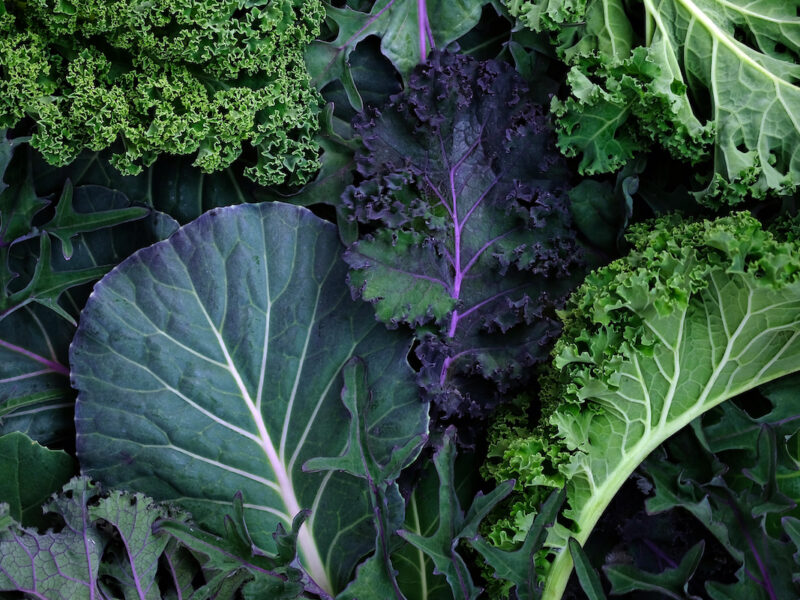
Early Signs of Fatty Liver Disease
Watch out for the early signs that may be associated with fatty liver, including:
- Cravings for carbohydrates
- A little belly fat
- Eating lots of sugar and/or flour
You can also get a blood test or an ultrasound, which can both pick up the disease. Ultrasound is more sensitive and likely to detect it.
Reversal & Prevention of Fatty Liver
If you’re worried about getting fatty liver disease—or you already have it and would like to improve the situation—here are the key strategies to try.
1. Choose High-Protein Foods
Fill up on nuts, seeds, eggs, fish, chicken, and grass-fed meat. Integrate about a palm-sized serving of these foods into every meal, especially your first meal of the day.
2. Start a Liver-Repair Plan with Detoxifying Foods
Eat detoxifying foods like broccoli, cauliflower, and Brussel sprouts. Pack in around 1-2 cups of leafy greens like cabbage, arugula, watercress, kale, and collards every day.
Try increasing your garlic and onion consumption, too! Their natural sulfur content helps you flush out liver toxins.
Beets and carrots are also good detoxifiers.
Related
Low Energy? Consider A Liver Detox Diet Plan
In this article, we’ll explain what a liver detox is and what good it can do for you when you incorporate it into your diet plan. Why a Liver Detox? The human body is a fascinating organism. It’s extremely adaptable to the environment in which it receives. This is a beautiful gift, but it can …
3. Supplement Yourself to Boost Liver Health
Healing is optimized when your body is getting everything it needs to transform you into a healthier version of yourself. Some helpful liver-supporting supplements (and our recommendations) include:
- Herbs like organic milk thistle, turmeric, and dandelion.
- We recommend Micelle Liposomal Turmeric by Purality Health.
- Nutrients such as lipoic acid and N-acetyl-cysteine, which increase levels of the powerful mother-of-all-antioxidants: glutathione (as does milk thistle).
- We recommend this Glutathione supplement by Purality Health.
- Vitamins and minerals like B vitamins and magnesium are essential.
- We recommend Magnesium Breakthrough by BioOptimizers for magnesium and B12 by Purality Health.
- Probiotics help to correct an imbalanced gut microbiome, which is often the cause of cravings.
- Our favorite supplement is Just Thrive Probiotic. Users have even experienced fewer sugar cravings and easier weight control because these strains are helping combat yeast overgrowth.
4. Add Healing Oils to Get Healthy Fats
As mentioned above, healthy fats are absolutely critical if you want to have healthy liver cells. Consume:
- Olive oil (We recommend Fresh Pressed Olive Oil.)
- Avocados
- Coconut oil or MCT oil
- Grass-fed butter
- Fish and krill oil
Healthy liver enzymes also need to get plenty of low-sugar fruits, like berries, vegetables, lean animal protein, seeds, and nuts into your body. All of these help curb sugar cravings and combat sugar damage.
5. Get Moving to Improve Metabolism
Daily exercise improves insulin resistance. Walking for 30 minutes is a great start. Plus, if you have a dog, they will love it, too! If exercise doesn’t come easy to you, make it into a social activity. Meet up with a friend and hold each other accountable to increase your success.
6. Eliminate Sugar
This is the last but most important point here. If you do anything, eliminate the sugar! Say ciao to high-fructose corn syrup, most significantly, from your fatty liver diet.
Tell starches you no longer need their services, that you choose health, want more energy, and are on the road to bulletproof wellness.
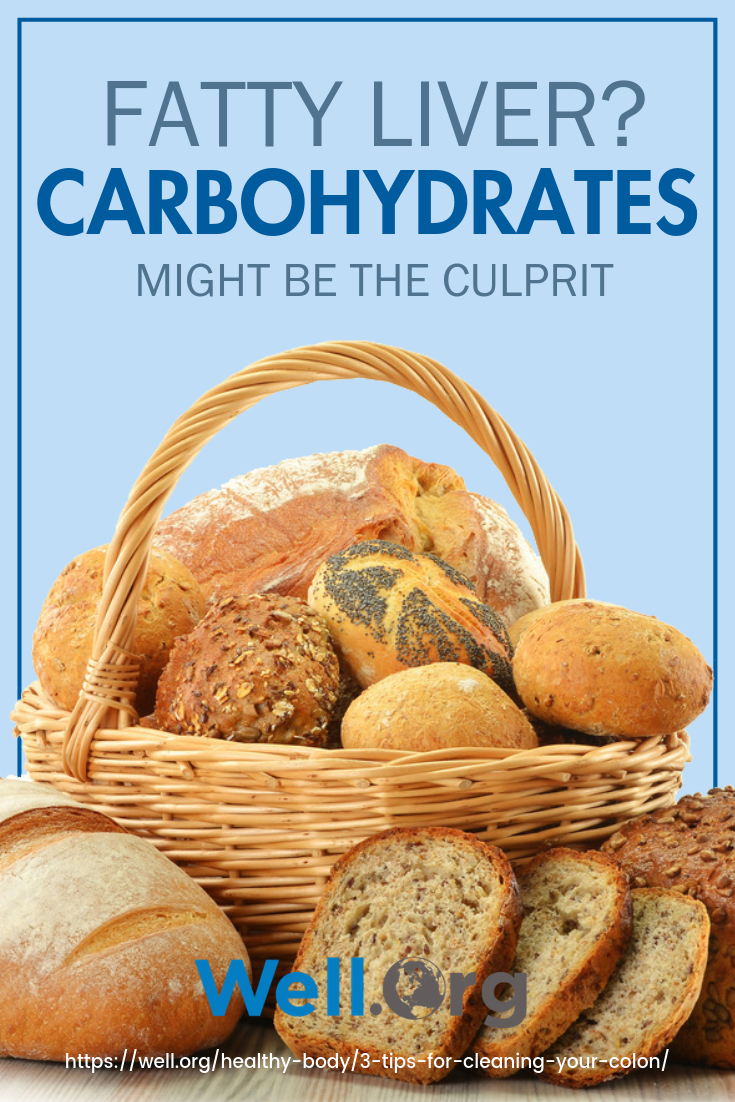
5 FAQs On Foods For Fatty Liver Disease and Other Diseases
By now, you already have ideas about foods for fatty liver disease. We also believe, however, you want to ask more questions about liver-related conditions and diet.
Well.Org strives to help you in that area with these five FAQs:
1. Is Fatty Liver Cancer?
One of the most common misconceptions about fatty liver is it’s a malignant condition. It is actually a hepatic (liver) disease that leads to the organ’s damage or scarring.
Two of the common reasons for fatty liver are alcohol and diet. If it’s the latter, then experts call it a non-alcoholic fatty liver disease (NAFLD).
NAFLD affects a significant portion of the population. Studies published in the World Journal of Gastroenterology showed at least 25% of Americans and Europeans have it.
Under it are different kinds such as acute fatty liver, which can occur during pregnancy. Another is nonalcoholic steatohepatitis (NASH), which is the buildup of fat in the organ.
When you don’t eat the right foods for fatty liver disease or get the right treatment, however, the disease can progress. It can ultimately lead to permanent scarring called liver cirrhosis.
Cirrhosis is one of the risk factors for liver cancer due to cellular damage. Note that only liver function tests such as liver biopsy can confirm the diagnosis.
2. Is Fatty Liver the Same as Metabolic Syndrome?
Many also tend to use the terms “fatty liver” and “metabolic syndrome” interchangeably, but they mean two different things.
Metabolic syndrome refers to a group of symptoms or abnormalities that indicate the risks of particular chronic diseases. These are cardiovascular disease or heart disease, diabetes, and hypertension.
These biomarkers can include higher blood sugar (glucose levels), blood pressure, and cholesterol levels.
A study, however, revealed an association between metabolic syndrome and fatty liver. It implies a person with metabolic syndrome may also have a fatty liver.
It may also suggest that foods for fatty liver disease may also work to lower the risks of other metabolic-related conditions.
Related
The Undeniable Link Between Diet and Cancer
This article explores how diet and cancer are connected, which foods you should eat to fight or even prevent cancer, and which foods you should avoid.
3. Can You Learn How to Defat Your Liver with a Ketogenic Diet?
The ketogenic meal plan is a high-fat diet program that promotes a low intake of carbohydrates and moderate consumption of protein. Although the ratios can vary, usually, 70% of your diet should come from fats.
It may sound counterintuitive, but a study showed foods for fatty liver disease that fit the keto diet may help protect the liver and lose weight.
Interestingly, the research highlighted why the keto diet is hard to maintain. In the long run, it may do the opposite, stimulating fatty liver.
At the end of the day, a well-balanced diet may be the way to go to deal with fatty liver. If you can, shift to a plant-based diet as it encourages low consumption of carbs and more varied nutrients.
Shifting to a healthy diet isn’t easy, though. You are more likely to succeed by starting with food options like Alkaline Greens (use code WELL20 to save 20%) and the herbs and supplements mentioned above.
4. What’s the Connection Between Coconut Oil and Fatty Liver?
Is coconut oil good for fatty liver? As mentioned, it can be one of the best foods for fatty liver disease prevention or reversal.
The primary reason is its ability to help the liver produce ketones. These are substances from fat stores in the liver that provide energy to the brain when your body is low in sugar.
5. How Long Does It Take to Reverse Fatty Liver Disease?
One of the best things about the liver is the cells can regenerate. In fact, it explains why a live person can donate up to 70% of their liver to somebody.
It’s the only organ in the body that can grow back as long as you don’t experience any complication. It means if you catch fatty liver disease early, then you may be able to reverse your diagnosis.
How soon does it regenerate? The liver can grow back within 30 days.
Within this period, however, you need to be proactive. To recall:
- Consume lots of fluids, including green tea.
- Do not include red meat into your list of foods to eat. It has a tendency to increase inflammation.
- Combine diet and exercise for weight loss, which is an effective treatment for fatty liver.
- Rather than opting for a low-calorie diet, consider a well-balanced diet or a plant-based diet.
- Make foods and drinks out of green leafy vegetables, fruits, and healthy fats such as nuts and seeds.
- Cut back or avoid processed foods and free sugars, which are sugars manufacturers add to their products.
- Consider taking vitamins and minerals for supplements. These include vitamin D, which can improve cholesterol levels. (We recommend Vitamin K2-7 Plus D3 by Just Thrive.)
With more and more people having fatty liver nowadays, it is time to take action toward healthy living.
Skip the carbs. Eliminate the sugar. After all, you only have one liver to take care of.
You May Also Like…
Editor’s Note: This post was originally published on April 13, 2017, and has been updated for quality and relevancy.

